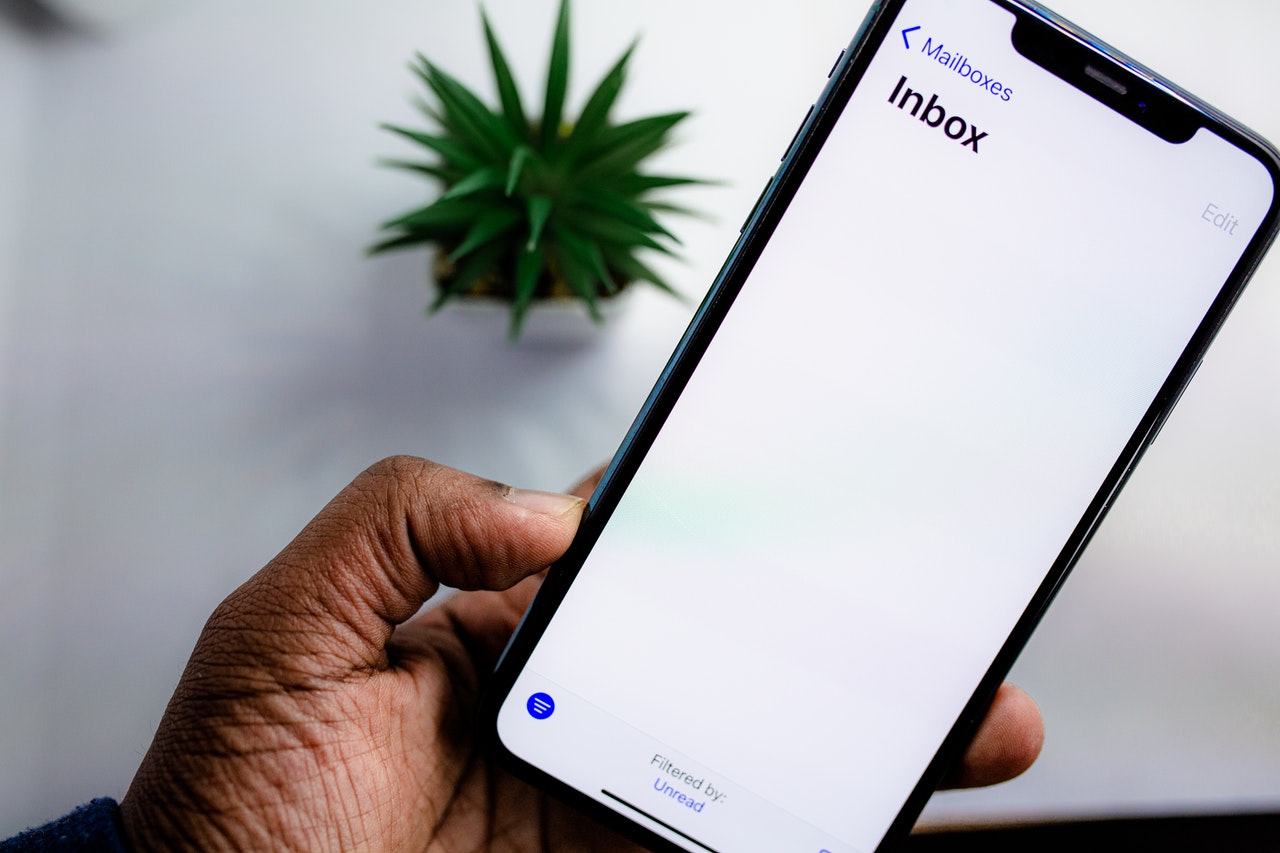All developers of e-mail clients such as Microsoft or Google compete in how much their latest version is user-friendly, intuitive and how many other smart gadgets and automatic links to other applications it offers. But the most fundamental question remains - how many percent of users can use the potential of these connections?
I work in a corporation as a designer, so managing e-mails, calendars and orientation in them are necessarily among my basic hygiene habits. When I expect something from someone, which is practically every colleague to whom I send an e-mail, I often get the answer after several emergency calls: "Yes, I missed it...". There's only one way to read this answer these days - I haven't learned how to work with Outlook. So that you don't have to join this group of excusers, I'll share a few of my procedures that I use and that work for me.
Quick processing of the simple ones
I don't like it when I finish the working day and have some unread e-mail in my inbox, or rather any e-mail. Virtually every message someone sends me requires some action - reply, call, search, analyze, etc. In other words, I have to process the message somehow. But processing does not mean that immediately after receiving the given message I rush to solve its content.
I follow my rule of moments here, which is a time frame somewhere between 0-5 minutes (see eg the 2 minute rule by David Allen, author of the GTD method). If, after viewing the subject and skimming through the content, I assess that I can handle the whole email in that time, I will do it.
As a rule, these are answers containing a few pieces of information from my head, information that can be found very easily and quickly, or maybe forwarded to a more competent colleague. This completes the e-mail and goes to a folder in the e-mail whose name covers the given topic, project, activity, etc.
If I'm still waiting for a response from the addressee on an e-mail I've sent (the vast majority of my messages), so that I don't lose track of the amount, such an e-mail goes to the "Waiting for", where at the same time, according to its urgency, it receives a time stamp by when I need to receive feedback, perform the given action, etc.
This also applies to e-mails where, for example, I am only in the copy, but I am responsible for the complete delivery, and thus I am also interested in the request from the email being resolved in a timely manner. At the same time, daily routine actions include checking such a folder and dealing with requests approaching or after the deadline ("these are the backlog items...").
What if the email takes more time?
Then we have the types of emails that require some more time-consuming action on my part. Whether it is looking up some numbers, creating a capacity plan, preparing a presentation for steering, it will definitely cost me more than a few minutes of time, usually more like a few hours.
And that's the time I need to find in the calendar just for myself and not deal with other things. Therefore, processing such an e-mail means for me to immediately open the calendar, find a suitable time slot for this event and block the time. The e-mail is processed, so I move it to the appropriate folder and the inbox is empty again.
Other e-mails may also require the blocking of time in the calendar, typically for meetings with several participants where a problem needs to be solved that cannot be solved via e-mail. Sometimes it may not be easy to plan such meetings in a short time, especially when you have to ask the assistants of various Board members, Tribe leads, etc. about available dates.
Therefore, I immediately move these types of e-mails to the "That plan" and in the time that I have blocked in my calendar for planning activities, I will finish and send the invitation to the meeting following the given e-mail communication.
"That call„, To-Do and crayons
Of course, some e-mails can be solved with an immediate phone call, but it is not entirely advisable to do so, for example, at times when you are processing e-mails, but the addressee is still sleeping. I'm an early riser, and that's why these emails immediately go to the "to call" and in the time that is after the first crowing of the rooster, and I have it reserved for phone calls, I will make this call.
As you can probably understand, this way I also skip the application a bit "To-Do", because I already set aside time for solving the given tasks and there is no need to keep the task duplicated in a task list. But it does not mean that I do not use such an application at all. I put things there that come out of various discussions, that come to mind when thinking about the given problem, etc.
At the same time, so that I don't go crazy with the full calendar, a group of events of each type always has its own color. So when I first look at the calendar, I can immediately see when I'm meeting/thinking/calling/planning without having to read the subjects or event contents.
Choose the best custom fit
The things I describe here are usually not from my head, but a combination of different methods dedicated to productivity and The things I describe here are usually not from my head, but a combination of different "inbox zero methods" dedicated to productivity and work efficiency with a mailbox (e.g. ZeroInbox, GTD). Like everyone, I also like something from everyone, and that's why I got inspired and created my own hybrid. Putting those practices into practice and getting used to them, however, takes time and discipline. Nothing will start working immediately and automatically without any effort. I'm keeping my fingers crossed that it "never goes wrong" for you!
Do you enjoy this article? You can find more articles and guides to life with technology here: https://lukasbarda.cz/blog/



